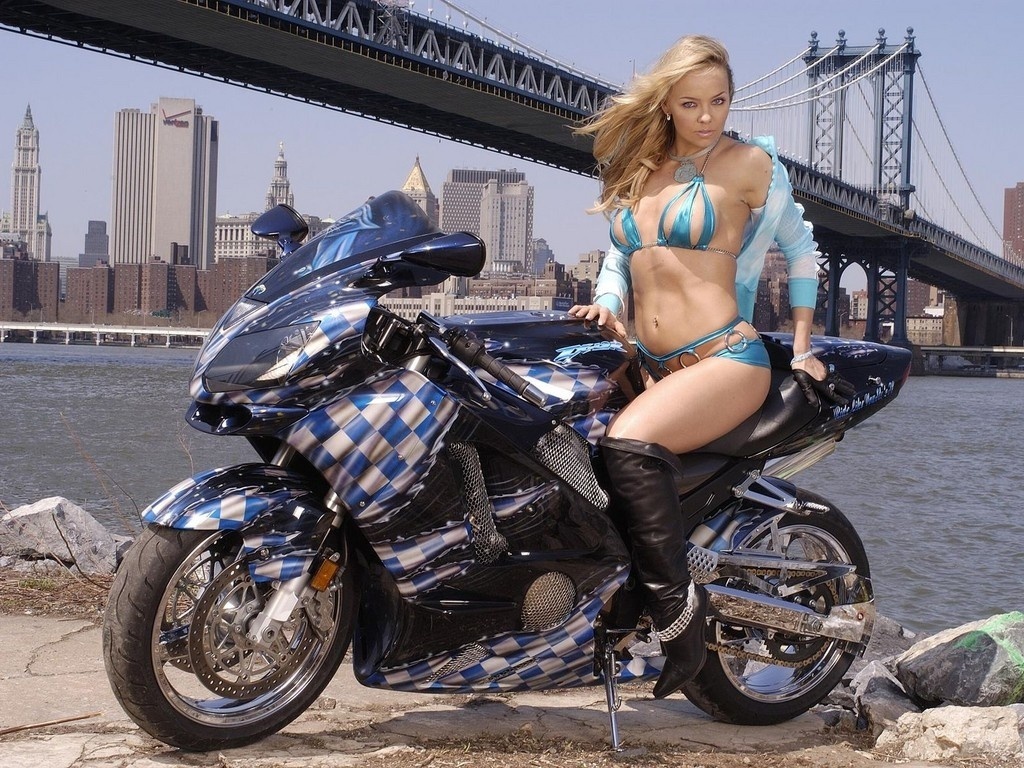"Bicycle head badges are ...slowly being replaced by decals as a cost saving measure. I love head badges and in my opinion any bike without one feels incomplete and cheapened due to its absence. Some are works of art, while others are downright kitschy, but they all speak volumes about the bike on which they’re mounted. Let’s hope they don’t completely disappear in the coming years."I could not agree more. Both my Pashley Princess and my Rivendell Sam Hillborne frame came with beautiful headbadges, and I knew from the start that I would want one for my custom mixte as well. After looking around a bit, I discovered that Shane of BostonBiker.org is a metal worker and makes splendid bicycle headbadges.
["Getting Schooled" Alleycat Race headbadge, by Shane S. ]
What I like about Shane's work is that it is artisanal: every badge is hand made, which I think is a good match for the "expressionist woodcut" style logo I have chosen. In the course of making arrangements with him to create my headbadge we also discussed the process itself, and I paraphrase it here in case others are curious how this works.
To order a custom headbadge, the customer needs to decide on three things: image, material and size. If you know exactly what you want your headbadge to look like, it is best to provide the exact image in electronic form. But if you just have a general idea or a theme, Shane can also create the design himself. He begins with a sketch on paper, then transitions to photoshop, resulting in a final image which is then printed out and used as a stencil to create a metal cutout. The headbadge can be flat, or it can have an etched or layered design. The latter can be done on copper, brass, and bronze.
 Selecting the material for the headbadge really depends on your preferences. Brass is probably the most typical metal used for headbadges, but Shane also works with steel, aluminum, silver, copper, and bronze. Copper is relatively easy to work with because it is thin, and the green oxidation it produces can make for an interesting effect. Sterling silver (like the headbadge on the left, made for a customer) is a very special choice, but pricey. Steel is durable, but difficult to work with when it comes to fine detail. Once the headbage is completed, the surface is finished according to the customer's request: mirror, matte, or brushed. Each metal and finish has a unique look to it, and you should consider how these will suit the style and colour of your bicycle frame. I will be getting a brass headbadge for my mixte, because it is classic and will complement the "sea-mist" frame colour nicely.
Selecting the material for the headbadge really depends on your preferences. Brass is probably the most typical metal used for headbadges, but Shane also works with steel, aluminum, silver, copper, and bronze. Copper is relatively easy to work with because it is thin, and the green oxidation it produces can make for an interesting effect. Sterling silver (like the headbadge on the left, made for a customer) is a very special choice, but pricey. Steel is durable, but difficult to work with when it comes to fine detail. Once the headbage is completed, the surface is finished according to the customer's request: mirror, matte, or brushed. Each metal and finish has a unique look to it, and you should consider how these will suit the style and colour of your bicycle frame. I will be getting a brass headbadge for my mixte, because it is classic and will complement the "sea-mist" frame colour nicely.The size of the headbadge is entirely up to the customer. Consider the proportions of your headtube - or measure an existing headbadge that you think is sized just perfectly.
Once the customer receives the finished headbadge, they (or their bike shop) can use a rawhide mallet to gently bend it to the shape of their head tube. Shane can drill holes in the metal to allow for screws to affix it to the bike. An alternative is to use double sided tape from 3M or epoxy to affix the head badge.
And then of course there is the matter of price. Shane's custom headbadges start at $50. The price depends on the cost of the materials (the choice of metal itself plus its size) and the complexity of the image. I was tempted to ask for a price-quote for a 14K gold headbadge with a photo-realistic rendering of my cats, but held off in case he took me seriously. If you are interested in Shane's work, get in touch via BostonBiker.org's contact page. If you have other headbadge makers to recommend in your area, feel free to chime in.







.jpg)







0 comments:
Post a Comment